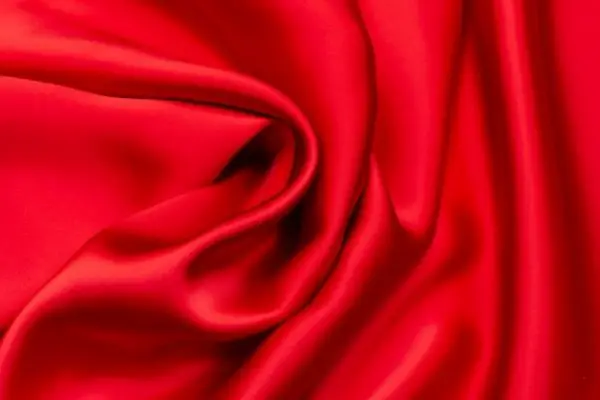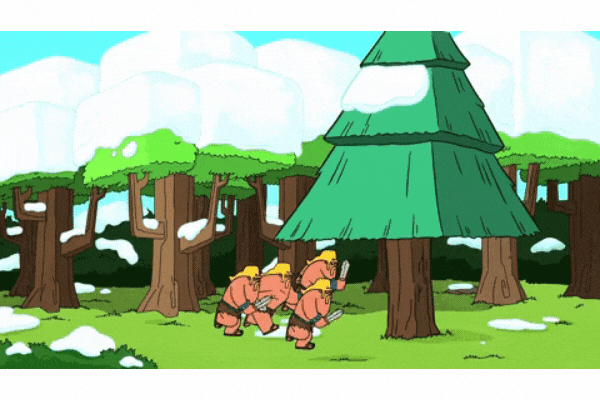Rayon Advantages And Disadvantages (Know What Your Clothes Are Made Of!)
I must say I have a soft spot for all things fashion! I love the colors, shape and creativity.

However, there’s no denying that fashion products are becoming a pollution problem. So, I am trying to change my fashion consumerism. Apart from not going crazy with the amount of clothing I buy, I have started paying attention to fabrics! Rayon is one of them.
Rayon is one of the most common fibers used to make clothes. Around 8% of all clothing is made from Rayon. So, if you’re trying to make more sustainable choices when it comes to fashion, then looking at the materials used in your clothing is essential.
In this article, we’re going to look at Rayon, in terms of its pros and cons, as not only a clothing material but a sustainable clothing choice.
What is Rayon?
Rayon is a semi-synthetic material. It is made from natural fiber, but they are chemically treated to turn them into usable material. The natural fibers are extracted from wood pulp and are also known as viscose fibers. This is why in some places, Rayon is known as viscose.

The chemical structure of Rayon is almost identical to cotton and linen. However, the chemical chains are much shorter. This is why it feels different and has different properties. You can get different grades of Rayon which have longer chains. The longer the chains, the more it resembles a natural material.
Advantages of Rayon Clothing
Rayon wouldn’t be one of the most popular fabric choices if it didn’t come with some advantages, so here are some of the main ones:
Comfortable
Rayon is a comfortable fabric to wear. It feels cool against the skin. Good quality rayon has a similar feel to silk, so it is smooth and silky. It is also a highly absorbent fabric. This combination of qualities makes it very versatile and suited to a range of applications.
Dyes Well

Viscose fabrics are naturally brightly colored. So it’s possible to get some bright materials before you even add dye. However, Rayon takes dye very well. So it can easily be manipulated to get a consistent color. When it comes to mass-producing clothing, this is an important consideration.
Somewhat Biodegradable
Rayon, in its most simple form, is biodegradable. It is a plant-based material and, as such, will biodegrade in a landfill in around five years. However, that is only true for untreated Rayon. If the fabric has been treated, for instance, to prevent pilling, then it will not biodegrade as quickly. The more processed forms of Rayon can take between 20-200 years to biodegrade.
Plant-Based
The base material for Rayon is wood pulp. That means that it is a renewable resource. This means that it is by no means the worst option when it comes to clothing material.
Blends Well
Rayon does have a few challenges. Some of its properties can make it a little harder to maintain. However, Rayon is easily blended with other fabrics. That means you will often find it in a blend with materials like cotton, linen, or wool. Combining these materials can create cheaper clothing that is easier to maintain and a better fit for its purpose.
Disadvantages of Rayon Clothing
Unfortunately, no choices are all upsides. When it comes to Rayon, there are a few downsides that it is crucial to be aware of:
Harmful Chemicals Used in Production
The biggest issue with Rayon is the chemical processes used to treat the fabric and give it its silk-like texture. To do this, several chemicals are used. None of them are great, but the worst is the Carbon disulfide.
Carbon disulfide is a vital ingredient in making Rayon. However, carbon disulfide is also known to have a number of severe health effects on those who work around it. It can affect fertility, cause insomnia, headaches, tinnitus, and memory disturbance. In addition, it can be absorbed through the skin or inhalation and can accumulate in the brain, causing long-lasting impacts.
Despite the known dangers, currently, there is no data for the health of factory workers who manufacture Rayon. So while there is likely to be a health impact from the production of Rayon, there are no widely available data to know the scale of the problem.
Relies on Tree Cutting
One of the positives of Rayon is that it is produced using a natural fiber that can be quickly grown. However, it is cheaper to get the needed wood pulp by clearing forests. This means that even though it is possible to take a sustainable approach to making Rayon, not all manufacturers are.

Not Durable
Rayon, especially when it is not blended with other materials, can be a weak material. When it is wet, its strength drops significantly. This can lead to clothing being damaged during washing or even during everyday wear.
Fast fashion is a known problem in the fashion industry. Unfortunately, Rayon is one of the materials often used in these products; as such, its low durability means that it has a high adverse impact on the environment.
Is Rayon a Sustainable Textile Option?
There are lots of different ways to make Rayon. Some options are more sustainable than others. For instance, Rayon, which is made from eucalyptus or bamboo, is a good option. These plants grow quickly and are certified as sustainable sources. Even so, the chemical treatments can be problematic. But if you opt for versions that have minimal layers of chemicals, then Rayon can work out to be a reasonably neutral option in terms of environmental impact.
But, most Rayon is not made this way. So, if you are looking for a sustainable clothing option, then Rayon-based clothes are one you might want to avoid if it’s possible to do so.
Frequently Asked Questions
What is a more sustainable alternative to Rayon?
Rayon, made from bamboo or eucalyptus, is a more sustainable option. Silk is more expensive but is a much more sustainable alternative that can work for many of the same applications as Rayon.
What is the most sustainable fabric?
Choosing a material that is both sustainable and ethical is challenging. However, a good guideline is to look for clothing made from a natural fiber that requires few to no chemicals. Good options are linen, cotton, and denim.






